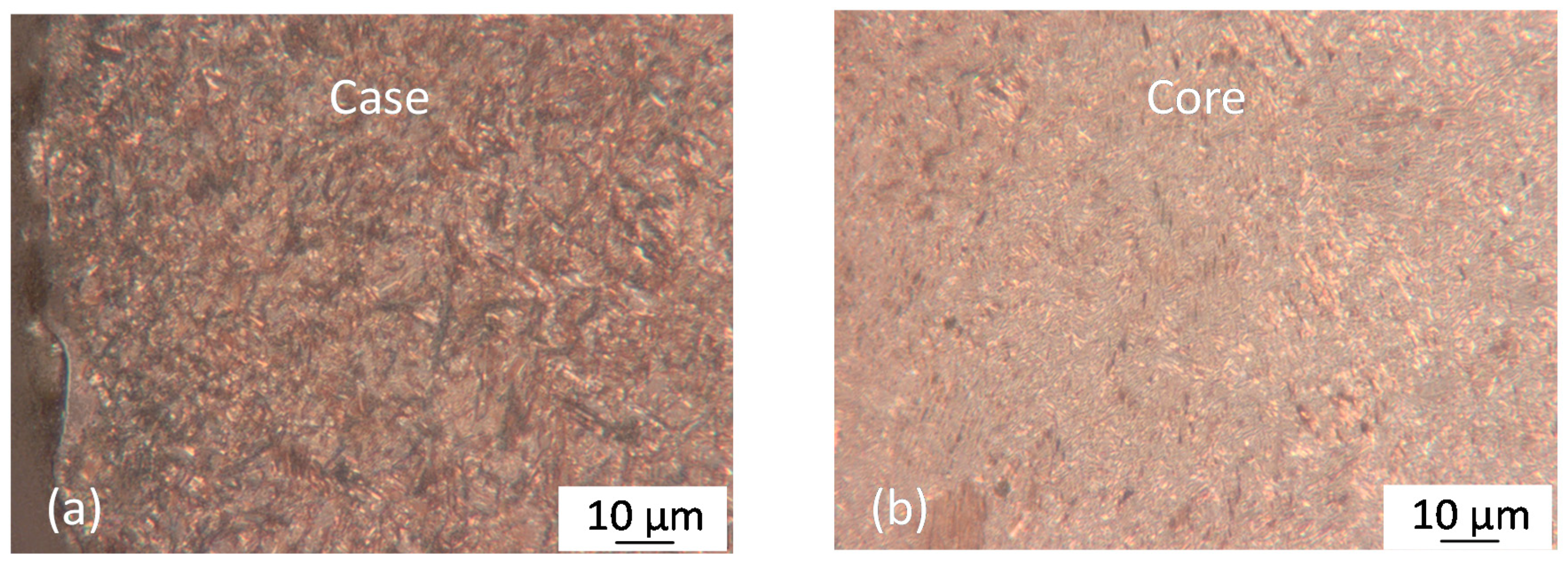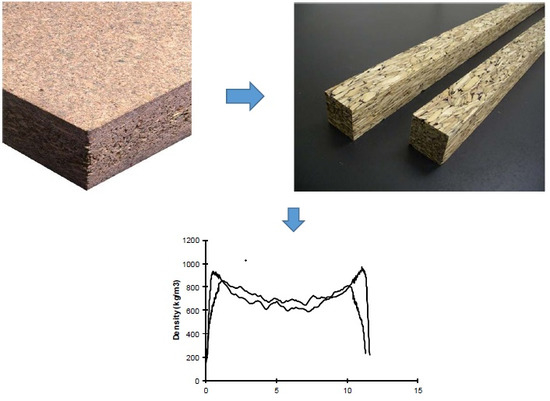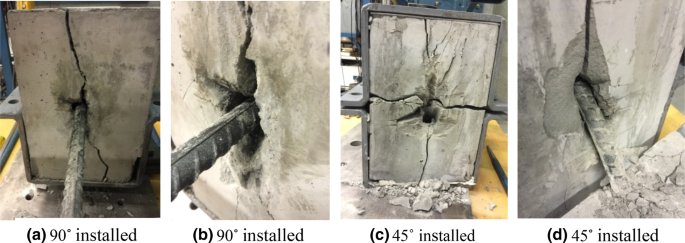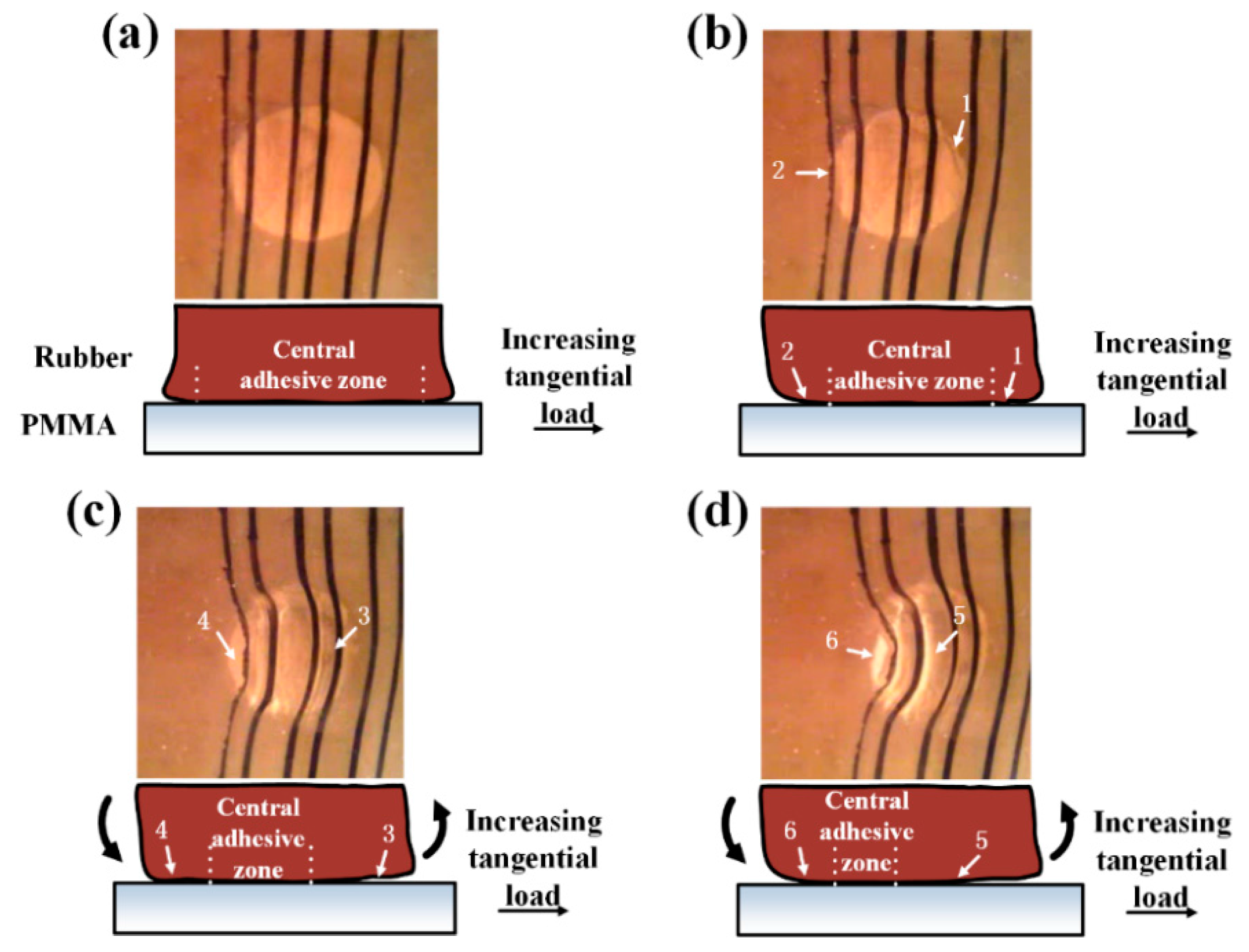Kinetic Friction Of Granite On Wood

The magnitude of the coefficient of friction is determined by the properties of the surfaces surroundings surface features presence of the lubricant etc.
Kinetic friction of granite on wood. Dry friction is subdivided into static friction stiction between non moving surfaces and kinetic friction between moving. Static friction is friction between two or more solid objects that are not moving relative to each other. The coefficient of kinetic friction is generally lower than the coefficient of static friction on the same surface. Friction is the force resisting the relative motion of solid surfaces fluid layers and material elements sliding against each other.
N normal force between the surfaces n lb there are at least two types of friction forces. Once the object moves there is kinetic friction. Tape it into place. The friction force is the force exerted by a surface when an object moves across it or makes an effort to move across it.
The coefficient of static friction is generally greater than the coefficient of kinetic friction on the same surface. The magnitude of the force will depend on the coefficient of kinetic friction between the two material. Place the accelerometer onto the surface of the wood pine towards one end. Static and kinetic coefficient of friction.
Showing the concept of coefficient of friction. F f μ n 1. F f frictional force n lb. Static friction and kinetic friction are both types of friction.
A list of typical friction coefficients can be found here. Since friction is a force the unit of the. The coefficient of static friction typically denoted as μ s is usually higher than the coefficient of kinetic friction. A body moving on the surface experiences a force in the opposite direction of its movement.
The procedures for this experiment are as follows. For example static friction can prevent an object from sliding down a sloped surface. Where f k is the force of kinetic friction μ k is the coefficient of sliding friction or kinetic friction and f n is the normal force equal to the object s weight if the problem involves a horizontal surface and no other vertical forces are acting i e f n mg where m is the object s mass and g is the acceleration due to gravity. Typically friction can be distinguished into static friction and kinetic friction.
There are several types of friction. The coefficients of friction are independent of the surface area in contact. Kinetic friction is defined as a force that acts between moving surfaces. The static and kinetic friction coefficient values reference table shown in this article will be helpful for finding the cof values of commonly used materials.
They act when two surfaces are moving or attempting to move against each other and resist the motion the main difference between static and kinetic friction is that static friction acts while the surfaces are at rest while kinetic friction acts when there is relative motion. μ static μ s or kinetic μ k frictional coefficient. Main difference static vs.


















